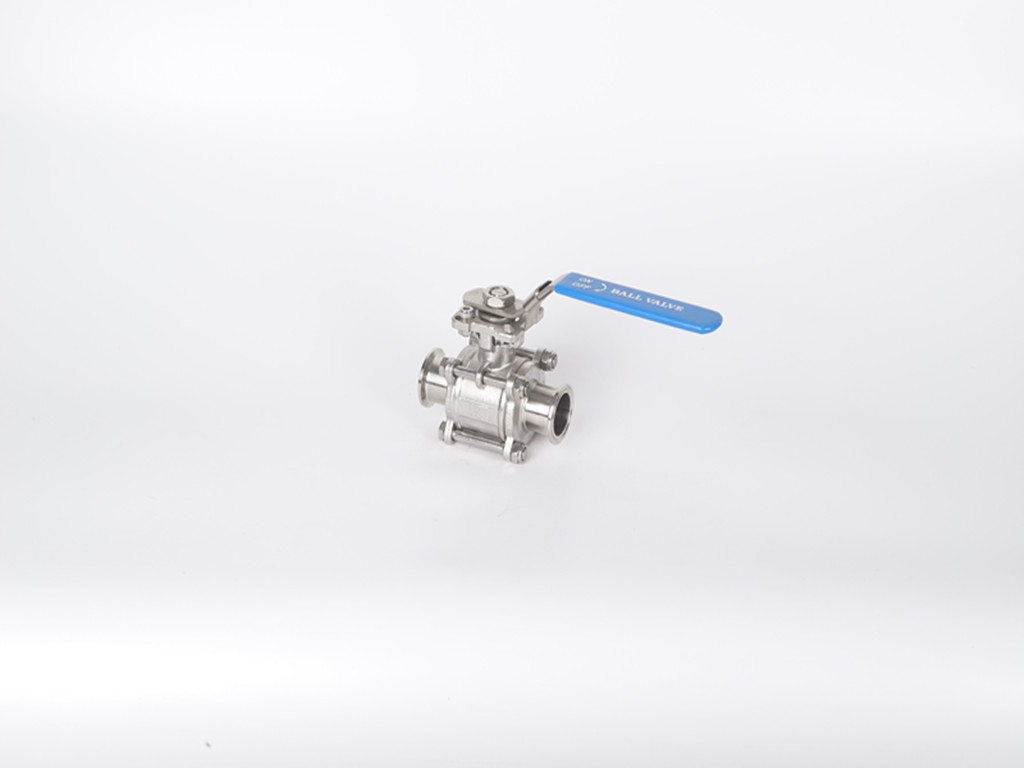Post By: 系统
0 评论
I. Materials
- Stainless steel sanitary pipes mainly use two materials, 304 (0Cr18Ni9) and 316L (00Cr17Ni14Mo2), which have good corrosion resistance and oxidation resistance. Seamless pipes, on the other hand, use various stainless steel materials such as 304, 316, and 316L, and different materials are selected according to different usage scenarios.
- The materials of stainless steel sanitary pipes all meet the international standard ASTM A270, ensuring the smoothness of their inner walls and the seamlessness of their surfaces. Seamless pipes are manufactured from billets through processes such as pickling and cold drawing, and they have good surface smoothness and inner wall seamlessness.
- During use, stainless steel sanitary pipes will not cause secondary pollution and meet sanitary standards. Seamless pipes, in some special environments, need to undergo external surface treatment to meet sanitary requirements.
II. Processing Techniques
- Stainless steel sanitary pipes mainly adopt welding technology, and stainless steel coil plates are welded into pipes through TIG welding. The welding process makes the pipe connections firm, not easy to breed bacteria, and suitable for places with high sanitary requirements.
- Seamless pipes use the cold drawing process. By drawing billets, their wall thickness is reduced and their diameter is increased to make seamless pipes. Seamless pipes have high pressure resistance and mechanical properties and are suitable for working conditions such as high pressure and high temperature.
- In terms of processing technology, stainless steel sanitary pipes are more suitable for welded connections, while seamless pipes are suitable for seamless processes such as cold drawing.
III. Usage Environments
- Stainless steel sanitary pipes are suitable for fluid transportation in industries such as food, pharmaceuticals, and chemicals, and can withstand relatively strong corrosive media, such as acids, alkalis, salts, etc. in food and beverages.
- Seamless pipes are widely used in fields such as petroleum, chemicals, aerospace, etc., and can transport high-temperature, high-pressure liquids and gases, such as petroleum, natural gas, deep-sea oil wells, etc.
- According to different usage environments and medium characteristics, selecting appropriate pipe materials can ensure the stable operation and safety of the pipes.
IV. Applicable Scenarios
- Stainless steel sanitary pipes are suitable for places with high sanitary requirements such as food processing, beverage production, and pharmaceutical processes, like food processing plants, pharmaceutical factories, etc.
- Seamless pipes are suitable for industrial fields such as petroleum, chemicals, aerospace, such as petroleum refineries, chemical plants, aero-engines, etc.
- According to different scenarios and requirements, selecting appropriate pipe materials can effectively improve work efficiency and product quality.
V. Summary
Today, this article compares the performance differences and applicable fields of stainless steel sanitary pipes and seamless pipes, which can help industry practitioners such as manufacturers, distributors, wholesalers, suppliers, sellers, companies, factories, etc. better understand and select appropriate pipe materials. By selecting appropriate materials, processing techniques, and sizes, the pipe material needs of different industries can be met. When selecting pipe materials, it is recommended to refer to relevant standards and technical requirements and communicate and consult with professionals to ensure the safety and reliability of the pipeline system.




